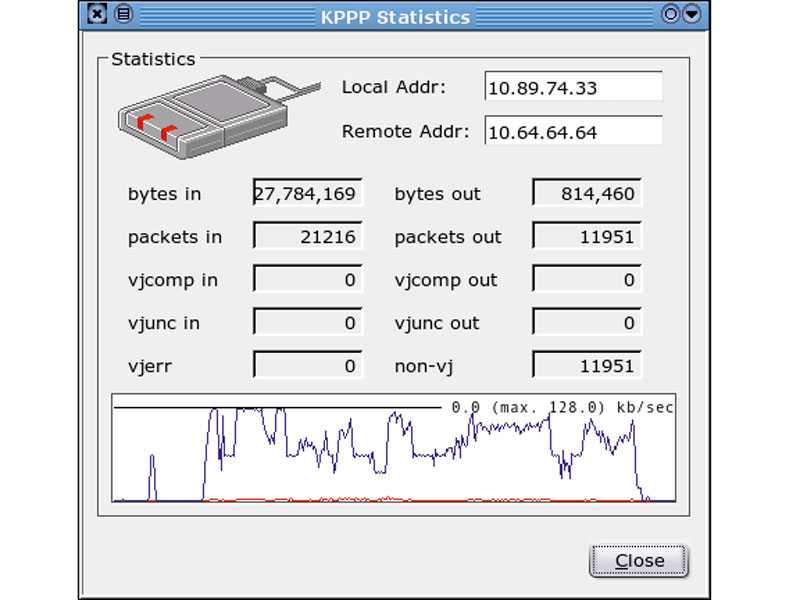Get mobile broadband on your Linux laptop
How to set up services from O2, T-Mobile and Vodafone

Mobile telecoms companies are now pushing "mobile broadband" in the form of a connection that uses the 3G mobile phone networks. While the bandwidth available can be variable, you don't need massive bandwidth for most tasks, as long as it has sufficient throughput for the main business tasks: email, Facebook and YouTube.
That leaves us a few questions. Has mobile productivity come of age? How do these systems work? What sort of coverage and speeds do they provide? Most importantly, do they work with Linux?
Linux Format magazine tries to answer all of these questions, using the USB mobile broadband dongles provided by three UK mobile telecom companies: O2, T-Mobile and Vodafone.
All the USB modems we looked at also support the older, slower technologies, like GPRS, and will fall back if an HSPA connection is not available. It is also possible to get HSPA modems on mini-PCI cards, suitable for fitting inside a laptop. Some manufacturers offer this as an option (one of our Dell laptops has such a card).
Providers and packages
All of the UK mobile telecom providers now offer a range of mobile broadband packages. In addition to the coverage, which is increasing all the time, the main differences between the contracts are monthly charge, contract term, download limits, excess download charges and modem cost.
The longer or more expensive the contract, the more the cost of the modem is subsidised. The providers mainly offer packages with 3GB or 5GB per month limits, but watch out for the costs of going over that, as they can be quite heavy.
Get daily insight, inspiration and deals in your inbox
Sign up for breaking news, reviews, opinion, top tech deals, and more.
There are also pay-as-you-go options, but some of these are charged per day, so occasional light use can get quite expensive. If you don't need a modem, some laptop manufacturers offer the option of an internal HSPA card, make sure you ask for a discounted price, as even those packages where you pay for your modem subsidise the cost from your monthly charge.
There are also some extras and offers available, and these change all the time. At the time of writing, T-Mobile and O2 are including Wi-Fi access through their hotspot networks, and Three is offering a 50% discount to its existing phone subscribers.
We contacted all the providers, and three of them – Vodafone, O2 and T-Mobile – provided us with hardware to test their services. Vodafone is the only company to provide Linux software for its mobile broadband services – more on that later.
We were supplied with three modems from two different manufacturers, O2 sent us a Novatel MC950D modem while T-Mobile and Vodafone both use the more popular Huawei modems. There are a few different models from Huawei, differing in form factor (some are a small box with a short USB cable, others look like a large memory stick), maximum speed and bands covered but all working in the same way.
Some have a micro SD card slot, in addition to the SIM card slot, so that they can be used as a memory stick too. Maybe some enterprising hacker has already put a bootable Live distro on to one of these to give a complete, connected system on a device slightly larger than a standard flash drive.
There are also mini-PCI card modems available, some supplied as options by laptop manufacturers, which work in the same way, though you may have to search Google to determine the correct driver.
The devices each have a single, multi-colour LED, often of the hidden type that is currently fashionable. These give information on the type and status of connection by their flash rates and colour. For example, the Huawei modem flashes quickly while initialising, slowly when it has detected a network but is not connected and becomes steady when a PPP connection is established.